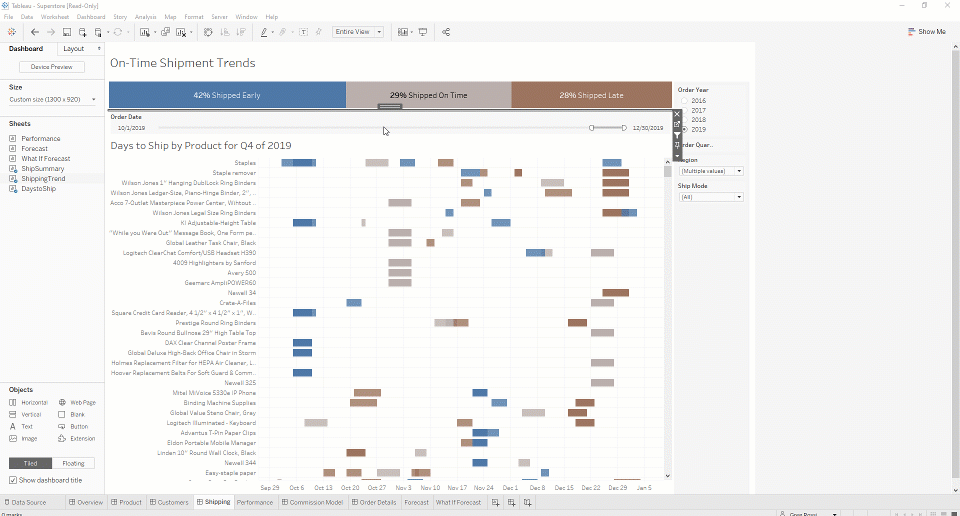In today’s data-driven landscape, making the right choice for data storage is critical. Two prominent contenders in this arena are Amazon S3 and MongoDB. While both serve distinct purposes, understanding their nuances and use cases is essential for informed decision-making. In this blog post, we will delve into the features and strengths of Amazon S3 vs. MongoDB, offering insights to help you select the most suitable tool for your specific data storage needs.
Amazon S3: The Swiss Army Knife of Object Storage
Amazon Simple Storage Service (S3) is AWS’s flagship object storage service, designed to store and retrieve data of any type or size from anywhere on the web. It offers versatility, reliability, and cost-effectiveness for organizations seeking scalable data storage. Key features of Amazon S3 include:
- Versatile Data Storage: S3 accommodates a broad range of data types, including images, videos, documents, and backups.
- High Durability: Data stored in S3 benefits from replication across multiple data centers, ensuring exceptional durability.
- Seamless Scalability: S3 effortlessly scales to meet growing data demands.
- Data Lifecycle Management: S3 includes tools for effective data lifecycle management, including automatic archiving and deletion.
- Smooth Integration: It integrates seamlessly with various AWS services and plays a pivotal role in numerous cloud-based applications.
MongoDB: The Flexible NoSQL Database
MongoDB, in contrast, is a renowned NoSQL database known for its flexibility and scalability. It excels in handling unstructured or semi-structured data, making it a top choice for diverse use cases. Key features of MongoDB include:
- Flexible Data Model: MongoDB stores data in JSON-like documents, offering flexibility and adaptability for diverse data types and structures.
- Scalability: MongoDB adopts horizontal scaling, allowing you to add more servers as your data grows, ensuring high availability.
- Powerful Querying: MongoDB supports robust and flexible querying for complex data retrieval.
- Real-time Data Handling: MongoDB excels in real-time data processing and is often used in applications requiring rapid updates and access.
- Edition Choices: MongoDB provides both community and enterprise editions, catering to various business requirements.
http://informationarray.com/2023/09/14/amazon-s3-vs-amazon-redshift-choosing-the-right-data-storage-and-analytics-solution/
Comparison Table: Amazon S3 vs. MongoDB
| Criteria | Amazon S3 | MongoDB |
|---|---|---|
| Data Type Support | Versatile storage for all data types | Flexible storage for JSON-like documents |
| Query Language | N/A (primarily storage) | Robust querying capabilities for data retrieval |
| Scalability | Highly scalable object storage | Horizontal scaling for data distribution |
| Data Structure | Unstructured, semi-structured, structured | Semi-structured, adaptable data storage |
| Real-time Data Processing | Not designed for real-time processing | Suitable for real-time data applications |
| Cost | Generally cost-effective storage | Costs may vary based on usage and deployment |
| Use Cases | Data archiving, backups, cloud storage | Web and mobile apps, IoT, real-time data |
Making the Right Choice
The choice between Amazon S3 and MongoDB depends on your organization’s specific needs and use cases:
- Select Amazon S3 when you require versatile, cost-effective storage for a broad spectrum of data types, high durability, and seamless scalability.
- Choose MongoDB if you deal with semi-structured or unstructured data, need a flexible, horizontally scalable database, and require real-time data processing capabilities.
Here are some FAQS based on Amazon s3 and MongoDB
- How do S3 and MongoDB differ from each other?
- S3 is primarily an object storage service, ideal for versatile data storage, whereas MongoDB is a NoSQL database renowned for its flexibility and real-time data processing capabilities.
- Is S3 more cost-effective than a database for data storage?
- S3 tends to offer cost-effective storage, but the cost-effectiveness of a database, like MongoDB, depends on the specific features and querying capabilities you require for your use case.
- Which databases excel over MongoDB for specific use cases?
- Depending on your needs, databases like PostgreSQL, MySQL, and Cassandra may outperform MongoDB in certain scenarios due to their unique strengths.
- Is MongoDB equivalent to AWS?
- No, MongoDB is a specific NoSQL database, whereas AWS (Amazon Web Services) is a comprehensive cloud computing platform offering various services, including different types of databases such as Amazon DocumentDB and Amazon DynamoDB. While MongoDB can be used on AWS, they are distinct entities.
In some cases, organizations employ both Amazon S3 and MongoDB in tandem to establish a potent data management pipeline. Data is ingested into S3, while MongoDB handles data transformation and real-time analysis. This strategic combination leverages the strengths of both services to provide a comprehensive data solution.
In conclusion, Amazon S3 and MongoDB each excel in their respective domains of data storage. By comprehending your organization’s specific requirements and considering the features outlined in the comparison table, you can confidently select the solution or combination of solutions that best aligns with your data storage needs.









